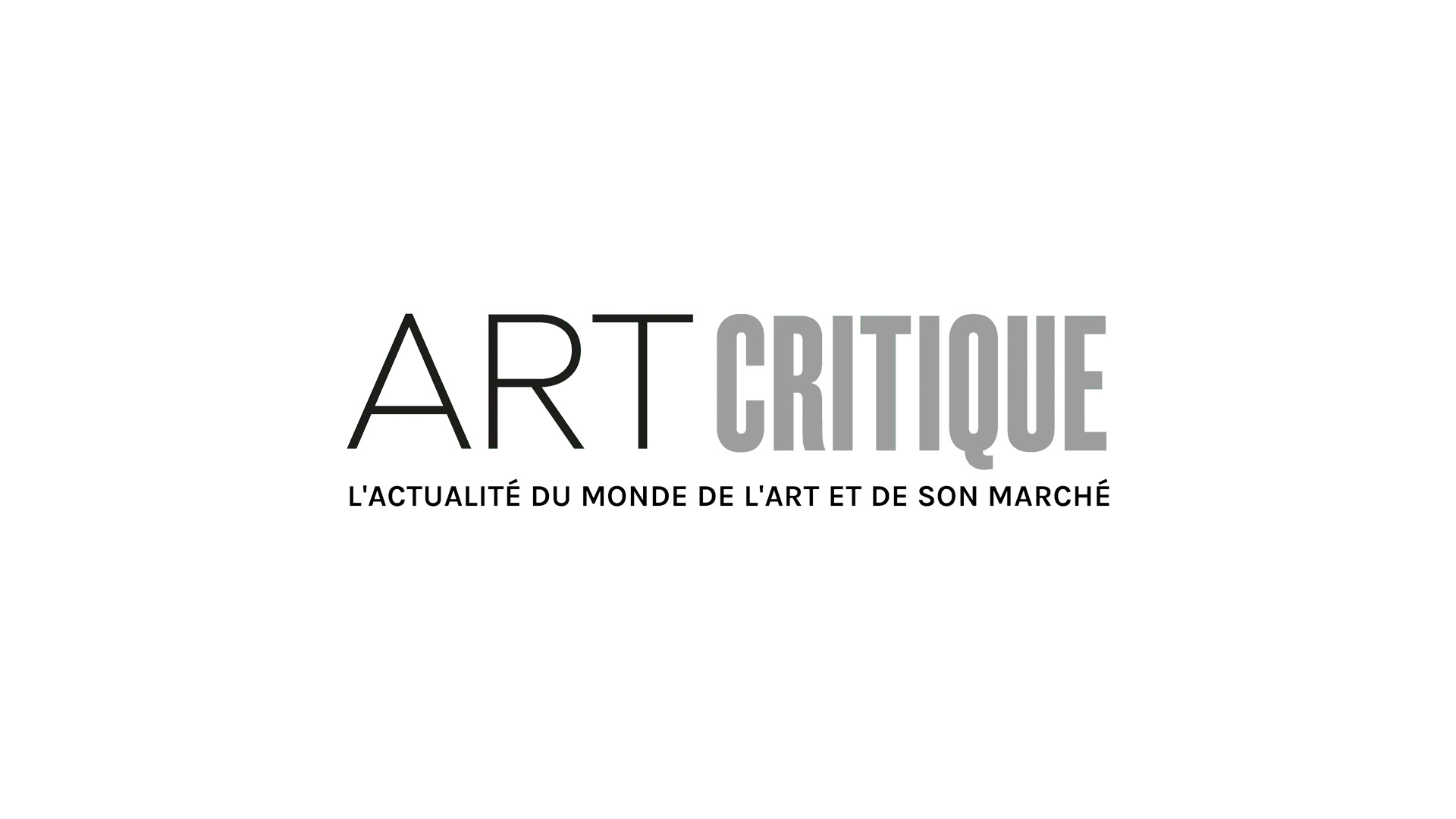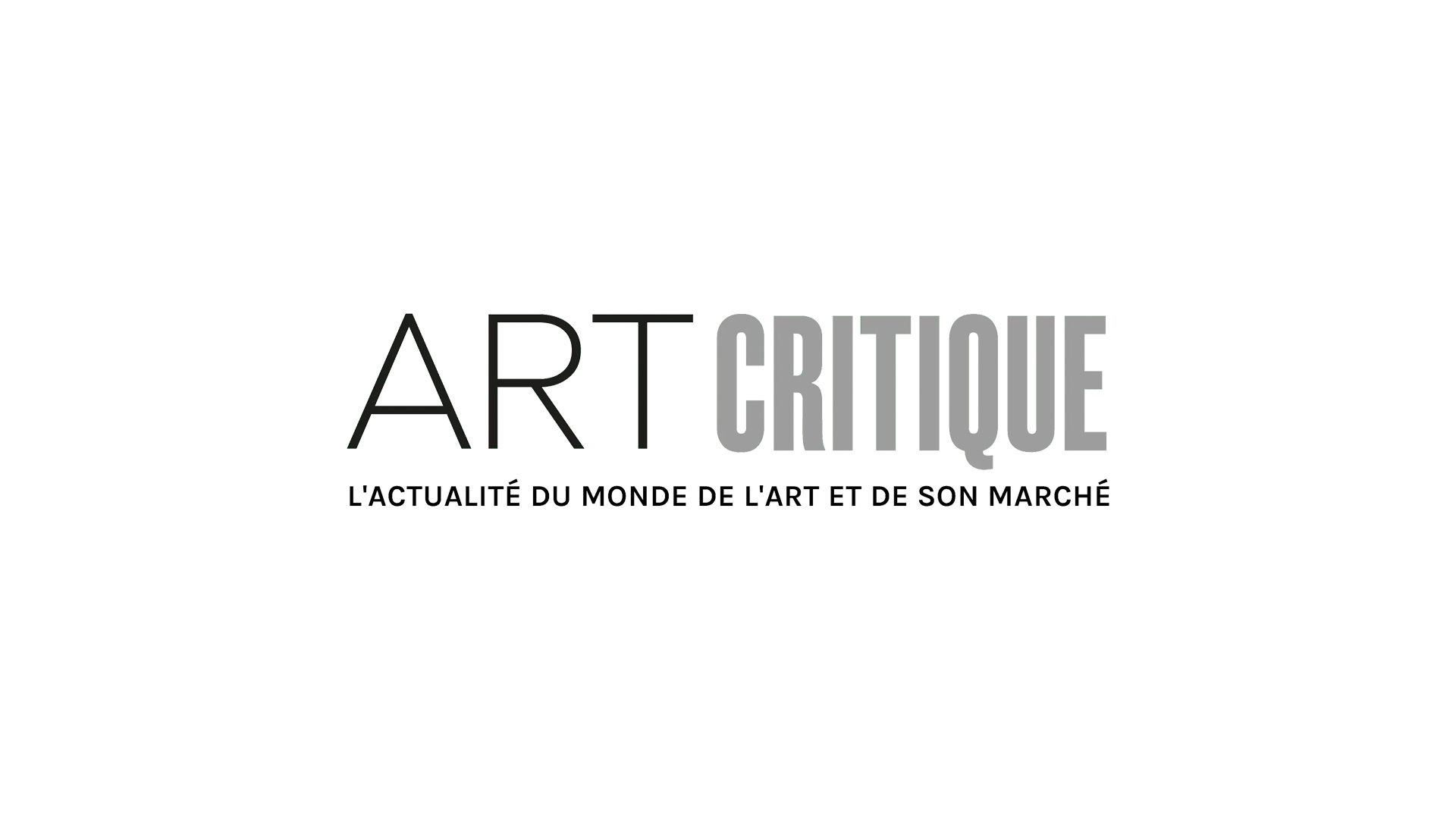In a follow-up report, the International Council of Museums (ICOM) has found the state of cultural institutions around the world to be better than anticipated earlier in the year. Having publishing an initial report in May, just weeks after the onset of the pandemic, the forecast for the arts sector was bleak. However, ICOM is now offering a slightly more optimistic outlook for the arts and cultural sectors of the world with just six percent of responses believing their institution will close for good – a number that is down by half since May.
Conducted between the 7th of September and the 18th of October, ICOM received nearly 900 responses from museums and museum professionals across five continents. As opposed to May, when nearly 95 percent of surveys indicated that museums were closed, the September-October survey found more variance among museums operation hours that heavily depended on their location. In Europe and Asia, most institutions were open and operational while museums in Latin America and the Caribbean were mostly still closed. In other regions, there was a mixture of open and closed museums.
Although remote working is still enforced or encourages among many museums, particularly in Latin America, North America, and the Pacific, some have reported that staff were able to resume work on site. As for museum security and conservation efforts, roughly 80 percent of those surveyed expressed that both conservation and security measures have been maintained, and in some cases increased, throughout the pandemic. In the May report, respondents offered a similar scope for security and conservation efforts.
Regarding staff, 14 percent of those surveyed reported that museum workers were laid off or furloughed as a direct result of the pandemic. Another 16.2 percent of those surveyed indicated a quarter of museum staff were laid off or furloughed and still, 10.6 percent of responses stated that more than half of museum personnel had been laid off or furloughed since February. Nearly all responses indicated that museums would most likely have a reduction of activity and more than 30 percent indicated that permanent staff would be decreased while 46.1 percent indicated that freelance contracts will be terminated.
For freelance workers, the sector remains “very fragile” according the ICOM report. At the moment, 10.7 percent of surveyed freelancers had been temporarily laid off while 16 percent of freelancers did not receive a renewal for their contracts. These numbers were slightly less than earlier in the year when 16.1 percent of freelancers were temporarily laid off and 22.6 percent of freelancers had lapsed contracts. The ICOM reported that more than 27 percent of freelance museum professionals are considering changing careers entirely.
A final key take-away from the October-September report is that museums around the world have continued to increase their digital presence in response to the pandemic. While 15 percent of museums reported enhancing their digital footprint, that figure rises to nearly 50 percent when other digital channels, like social media, live streaming, and online programmes, are considered. Ultimately, the pandemic has increased awareness of the importance of digitalisation amongst cultural institutions.
As pointed out by the ICOM, while the climate was better than anticipated at the time of their most recent survey, many museums across Europe were forced to once again close their doors as a second wave of the pandemic swept across the continent. The effects of the pandemic will assuredly be felt for years to come, but the ICOM report is one small glimpse of hope for museums around the world.
Read the ICOM’s full follow-up report here.





